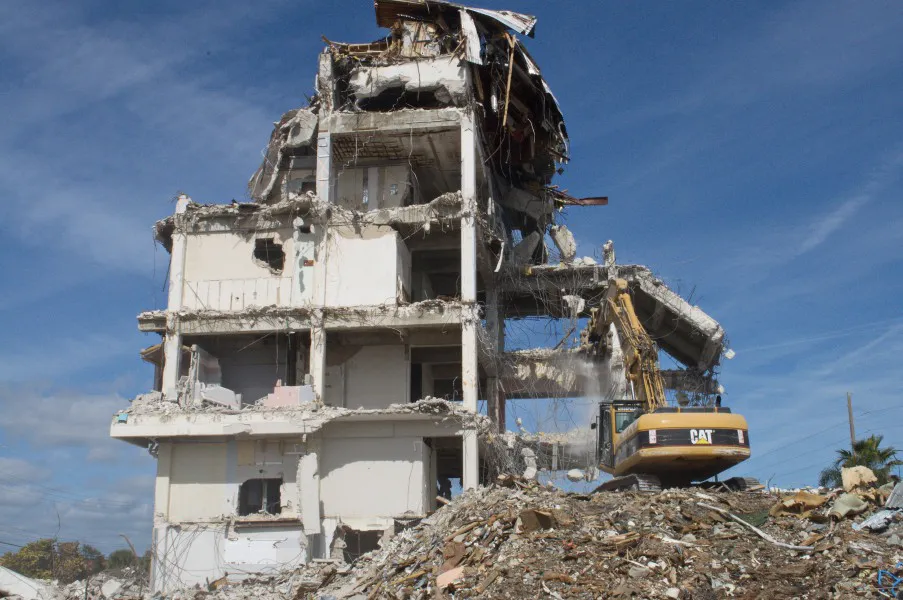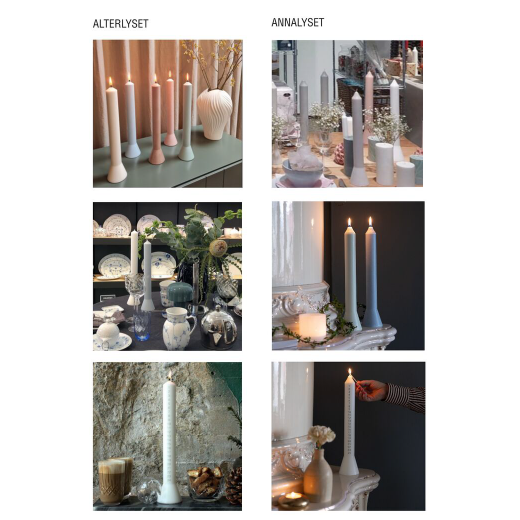Demolition of Preconceived Ideas

Removing the Blinders: The Delicate Task of Demolishing Preconceived Ideas
by Michael McKay, 12.10.2023
The design and implementation of what we term as ‘demolition activities’ or ‘removing the blinders’ in innovation parlance, is arguably one of the most anxiety-inducing tasks we undertake as innovation leaders. We’re not merely challenging ideas; we’re navigating the deeply personal beliefs and investments of stakeholders and project sponsors. Some might have poured years and significant resources into concepts that we’re suggesting need reevaluation. This doesn’t diminish the importance of the task. However, it underscores the need for meticulous preparation, choreography, and diligence. Consulting with seasoned experts can be invaluable in shaping the experience to achieve the desired outcome. That is what this article is about.
Demolition of Ideas: Making Way for Innovation
Innovation in teams and organizations is often hindered by deeply rooted preconceived ideas about the solution. It’s akin to being asked to construct a new house on old foundations. This can be incredibly limiting when aiming to create something truly novel and improved. Sometimes, we must don the hat of a demolition squad and collaboratively dismantle these old ideas. The challenge lies in the fact that many individuals have a deeply emotional and sometimes irrational attachment to these long-held beliefs. They fear losing something valuable by severing ties with these long-held beliefs. But imagine builders arriving at a construction site, only to be told not to remove the old structure but to build on top of it. The risks and complications would be immense. Similarly, in the realm of innovation, we must sometimes clear the old to make way for the new.
The resilience and power of existing ideas can often obstruct the path of new concepts waiting to be birthed
The resilience and power of existing ideas can often obstruct the path of new concepts waiting to be birthed. In organizational cultures, phrases like “we have always done it like this” or “this is how we approached the situation from the beginning” are all too common. But as marketplaces evolve and user bases shift, what was once the right approach may no longer be suitable. We need to uproot the old and make space for fresh perspectives.
To illustrate this, let’s delve into an experience I orchestrated in Southern Germany. A group of engineers and product managers embarked on a journey with me to kickstart a new product development project. The product in question was a robust communication device intended for home use. While the team was heavily inclined towards one direction, I believed that the true innovation lay elsewhere. Instead of diving straight into product specifications, I invited them on a unique journey to experience the world of their future users.
The day was divided into three acts:
Act 1: Set in a large-scale plant nursery, the team engaged in gardening, simulating the real-world use of the product. Amidst the roses, they used phones to communicate, experiencing firsthand the challenges of using a device in such an environment. Insects buzzed around, and the damp soil quickly found its way to their hands, arms, feet, and phones. As they worked, phones were left in the open, sometimes forgotten in one spot as they moved to another. The note-takers observed these behaviors, capturing the emotions and patterns the users went through.

Act 2: The setting shifted to a sushi restaurant in downtown Ulm. Here, the team was tasked with making their own sushi, introducing another layer of complexity. Handling raw fish and then trying to use their phones highlighted the need for a product that could seamlessly fit into such diverse scenarios. They grappled with the challenge of using muddy phones while preparing sushi, leading to moments of frustration and revelation.
Act 3: Back in a meeting room, the team reflected on their experiences. They discussed the emotions they felt during the tasks and identified pain points. This exercise led to the emergence of innovative ideas that went beyond just waterproofing and toughening the product.
The outcome? A few years later, the product was developed, incorporating several ideas from that day. Moreover, the team adopted the people-centric methods we used, and some even formed a consultancy to bring these methods to other development teams.
Conclusion and Call to Action
The process of demolishing preconceived ideas is not just about tearing down; it’s about making space for new, innovative thoughts to flourish. It requires a delicate balance of challenging the status quo while respecting the emotional attachments people have to their existing beliefs. As innovation leaders, our role is to guide teams through this transformative journey, ensuring they emerge with a clearer, more forward-thinking perspective.
Are you about to embark on a transformation? Do you feel the weight of old ideas holding back your team’s potential? Reach out, and let’s discuss how a demolition approach could be valuable for your organization’s innovation journey.
In conclusion, demolishing preconceived ideas is not about convincing people that a new idea is superior. It’s about facilitating experiences that allow them to see the potential of another perspective. Just as a construction site needs to be cleared of old structures to build anew, organizations must sometimes dismantle old beliefs to pave the way for innovation.
Facts
Michael McKay has an impressive back catalogue of successfully introducing User Driven Innovation and co-creation cultures in large size organizations like Amazon and Paypal among others.
In a series of articles Michael McKay writes about how companies can utilize the potential of design.



